Laser systems
Lasers have found a very wide area of applications and laser systems are offered in hundreds of different types. Inframet manufactures equipment for testing several types of laser systems: laser range finders, laser designators, laser pointers/illuminators, laser receivers (laser communication receivers, laser seekers, laser trackers), thermal infrared lasers and high energy lasers (HELs).

Laser range finder LRF is a measuring device that uses a laser beam to measure the distance to a target; typically using time of flight principle. Laser designators are high power pulsed lasers used to designate target of interest to be detected by a machine system. Laser pointer/illuminator is a device that uses laser beam to indicate/illuminate target of interest to be detected by humans. Laser directional receivers are devices that work as receiver blocks of laser seekers, laser communication systems or laser trackers having a task to detect a target emitting pulsed laser light. Thermal infrared lasers are lasers operating in long wavelength spectral range (thermal infrared) from about 2 μm to 15 μm. High Energy Lasers are lasers that emit high power CW laser beam for use in both industrial and defense applications.
Inframet offers a long series of stations optimized for
testing different groups of laser systems:
a)Laser ranger finders:
LUNI, LTE, LTF, LAS, LJT120 , LATRA, LIS, LMOB,
LBOR, LBAND, LDIR
b)Laser designators: LUNI, LTE, LBOR, LDIR
c) Laser pointers/illuminators/dazlers: LIP,
L411, LDIR
d)
Laser directional receivers/seekers/trackers: L64,LAR64,
e) Thermal infrared lasers: LTIR,
f)High Energy Lasers: LAHEL.
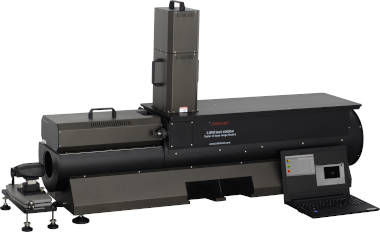
|
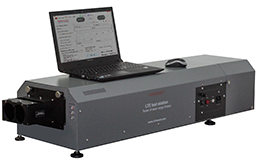
|
| LUNI | LTE |
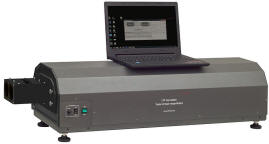
|
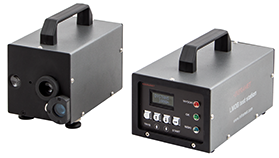 LMOB |
| LTF | |
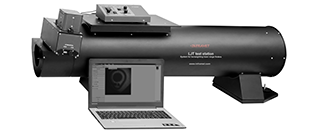
|
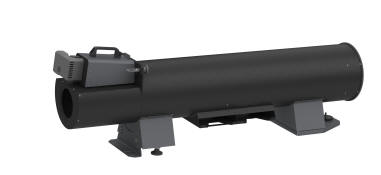
|
| LJT120 | LATRA |
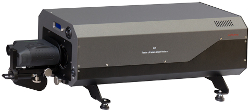
|
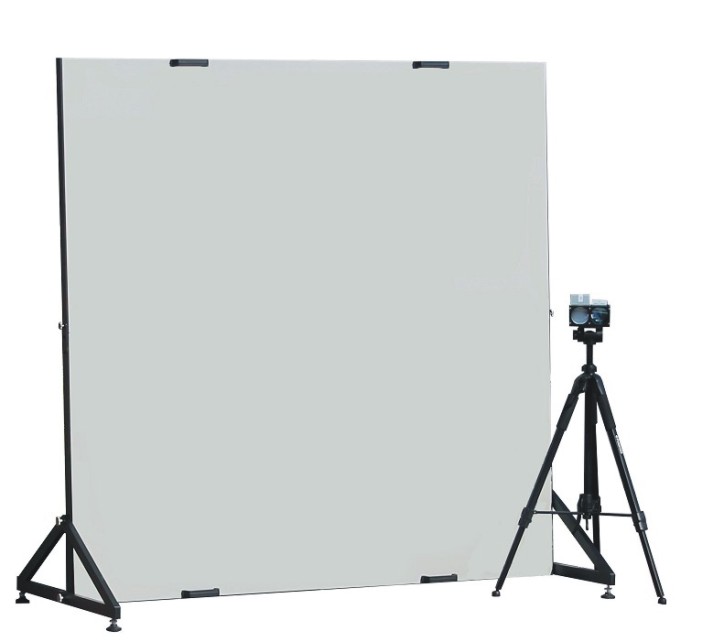
|
| LIS | LAS |
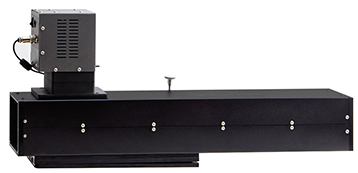
|
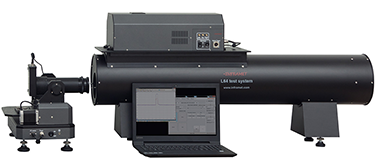
|
| LBOR | L64 |
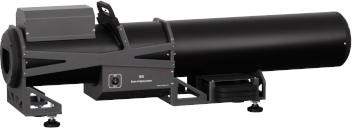
|
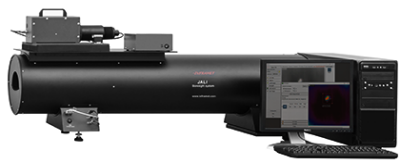
|
| LIP | LTIR |
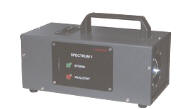
|
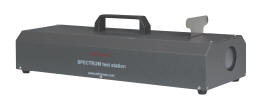
|
| LBAND | L411 |

|
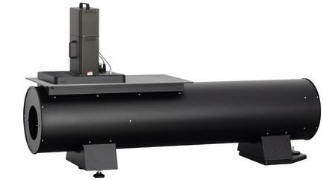
|
| LAHEL | LDIR |
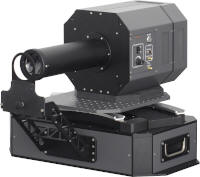
|
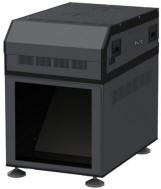
|
| LAR64 | LAFELD |
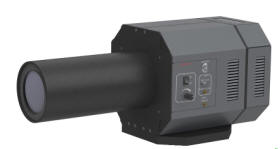
|
|
| LWAL |
| Code | Basic description | Test capabilities |
|---|---|---|
| LUNI | Universal station for expanded testing of laser range finders. New design offered from 2020. | Pulse energy, pulse width, pulse frequency, beam divergence, receiver sensitivity, distance accuracy, Extinction Ratio,max operational range boresight errors |
| LTE | Semi-automatic station for expanded testing of laser range finders. Mature design offered from about 2010. | Pulse energy, pulse width,pulse frequency, beam divergence, receiver sensitivity, distance accuracy, Extinction Ratio,max operational range boresight errors |
| LTF | Simple reliable station for final quality control | Extinction Ratio, distance accuracy, max operational distance, distance discrimination (option), checking boresight |
| LMOB |
Variable distance simulator for testing receivers electronics of laser range finders |
Distance measurement accuracy |
| LJT 120 |
Excellent tool for fast easy boresight of LRFs for manufacturers, integrators or repair workshops |
boresight transmitter/ receiver/ aiming channel |
| LATRA |
Moderate cost station that offers the same boresight capabilities as LJT120 at slightly lower test speed |
boresight transmitter/ receiver/ aiming channel |
| LIS | LIS station can be considered as a highly simplified version of LTE station. |
The station is optimized to test a specific type of LRF but its buyer can define parameters of LRF to be tested. |
| LAS | System to enable measurement of operational range or ER extinction ratio of LRFs at field conditions | Operational range, extinction ratio ER, support for recalibration of laboratory stations |
| LBOR |
Portable boresight tester of transmitters of laser range finders to be aligned with optical sights or VIS-NIR video cameras |
Boresight errors |
| L64 | Station for testing laser receivers (including laser seekers) and laser trackers | Checking reactions to a simulated pulsed laser source of regulated properties |
| LIP | Advanced station for testing laser pointers/illuminators/dazzlers | Power, divergence angle,uniformity of laser pointers/illuminators |
| LTIR | Professional system for testing and boresight of thermal infrared lasers. | Ultra accurate measurement of divergence angle, temporal and spatial stability |
| LBAND | Simple checker of spectral band of tested LRF/designator | Determines spectral band of tested LRF/designator |
| L411 | Tool for spectral tests of laser pointers/illuminators | Measures spectral intensity curve of tested laser pointer/illuminator |
| LAHEL | System for testing high energy lasers (HELs) for both industrial and defense applications | Measurement of spatial light intensity (divergence angle) and optical power |
| LDIR | System for basic spatial tests of laser range finders, laser designators, laser pointers | Measurement of divergence angle of lasers (laser range finders, laser designators, laser pointers). Optional boresight laser-laser or laser-imager. |
| LAR64 | station for testing directional laser receivers | Checking reactions to a simulated pulsed laser source of spatial/temporal regulated properties |
| LAFELD | System for testing laser effectors at field conditions | Measurement of mean power versus time, beam profile versus simulated distance and time, and divergence angle at field conditions |
| LWAL | System for testing laser warning systems | Calibrated directional light source capable at irradiate LWS at specified mode of laser light |
Learn more:
- Data sheets: LTE , LUNI , LTF , LAS , LJT 120 , LATRA , LIS , LMOB , LBOR , L64 , LIP , LTIR, LBAND, L411, LAHEL, LDIR, LAR64, LAFELD, LWAL
- Recommendations on environmental conditions for Inframet test systems
- Educational section
- Info section
- Newsletter
- Contact INFRAMET
